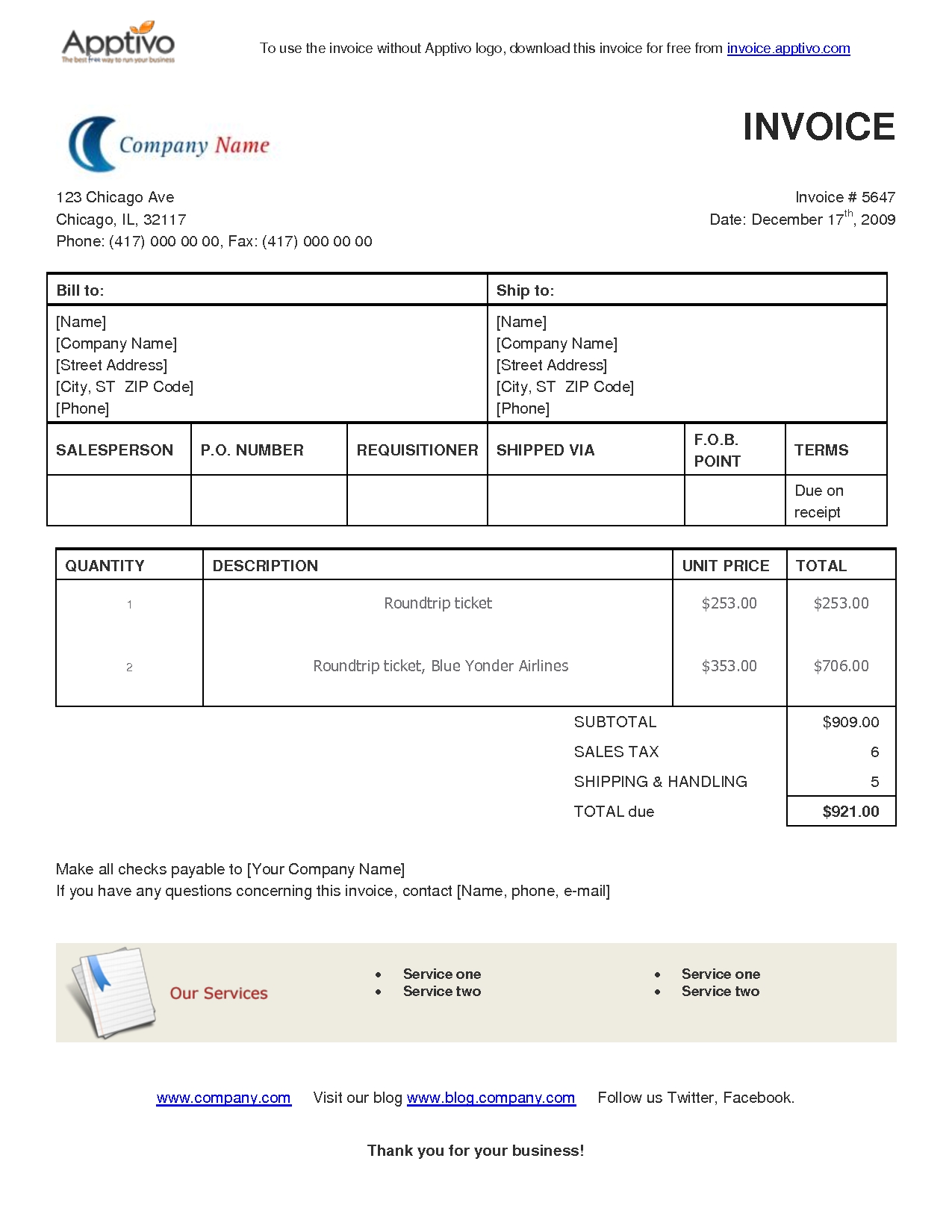

It can include tasks beyond their regular working hours and beyond the agreed-upon time frame.


It excludes dividends, benefits, overtime pay, or any other potential reward from an employer. The total amount comprises the take-home pay. It includes the amount an employee receives before any extras are added or payments deducted. Basic Salary: Basic salary is the amount of money agreed upon by an employer and employee.It contains employee details and payslip details Salary Content Earnings examples: Notes: Include any additional info your customer should know, including terms of service and payment terms (for example, payments are due 30 days after the invoice has been issued).The header section can have the details contains title, company name and company address Employee / Payslip Info.Total: Outline the total amount due from the customer, after tax.This is legally required to provide on invoices, and your rate may differ depending on where you run your business. Tax: Indicate the tax rate applied to the subtotal.Subtotal: Add up the subtotal of your goods or services, before tax has been applied.For each line item, include a brief description, quantity, individual unit price, and total price. Line Item: Add individual line items for each unique good or service you provided.Dates: Include the date when your invoice has been issued and the date when payment is due.For example, if you're sending your very first customer their first invoice, the invoice number could be 001-001. You can format this based on sequence and customer.

Invoice Number: Include a unique invoice number to help you track down this invoice in the future.Customer Details: Under "Bill To", add your customer's name, address, and contact information.Company Details: Add your company name, address, phone number, and logo to the top-right corner.Title and Description: Name the project and briefly describe what type of work your client is being invoiced for.


 0 kommentar(er)
0 kommentar(er)
